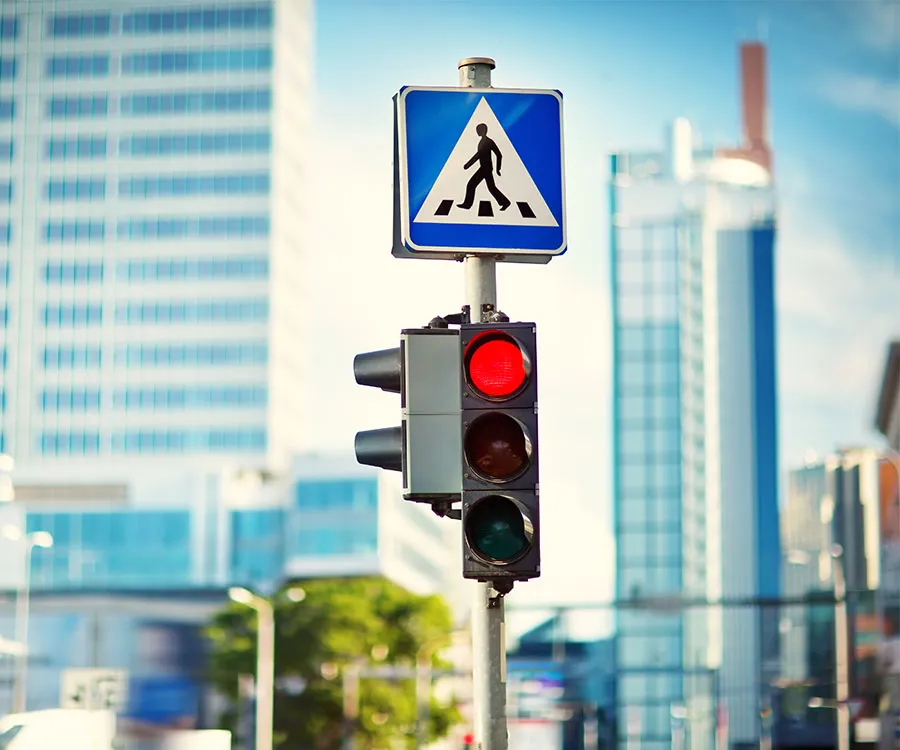
Understanding Traffic Signals: Key Components and Their Importance
The History of Traffic Signals
Traffic signals have evolved significantly since their inception. The first known traffic light was installed in London in 1868, using gas lamps to indicate stop and go. It was not until the introduction of electric traffic signals in the early 20th century that we saw widespread adoption.
- Key Milestones :
- 1868: First traffic light in London
- 1920s: Electric signals become common
- 1930s: Standardization of signal colors and patterns
As cities grew, the need for organized traffic flow prompted advancements in traffic signal designs, paving the way for today’s sophisticated systems.
Importance of Traffic Signals in Road Safety
Traffic signals play a vital role in ensuring road safety for all users. They regulate the flow of vehicles and pedestrians, reducing the possibility of accidents. Imagine a busy intersection without signals – chaos would ensue!
Benefits include:
- Orderly Traffic Flow : Ensures that cars and pedestrians move safely and efficiently.
- Accident Prevention : Reduces the likelihood of collisions at intersections.
- Pedestrian Safety : Provides designated times for crossing, giving pedestrians a sense of security.
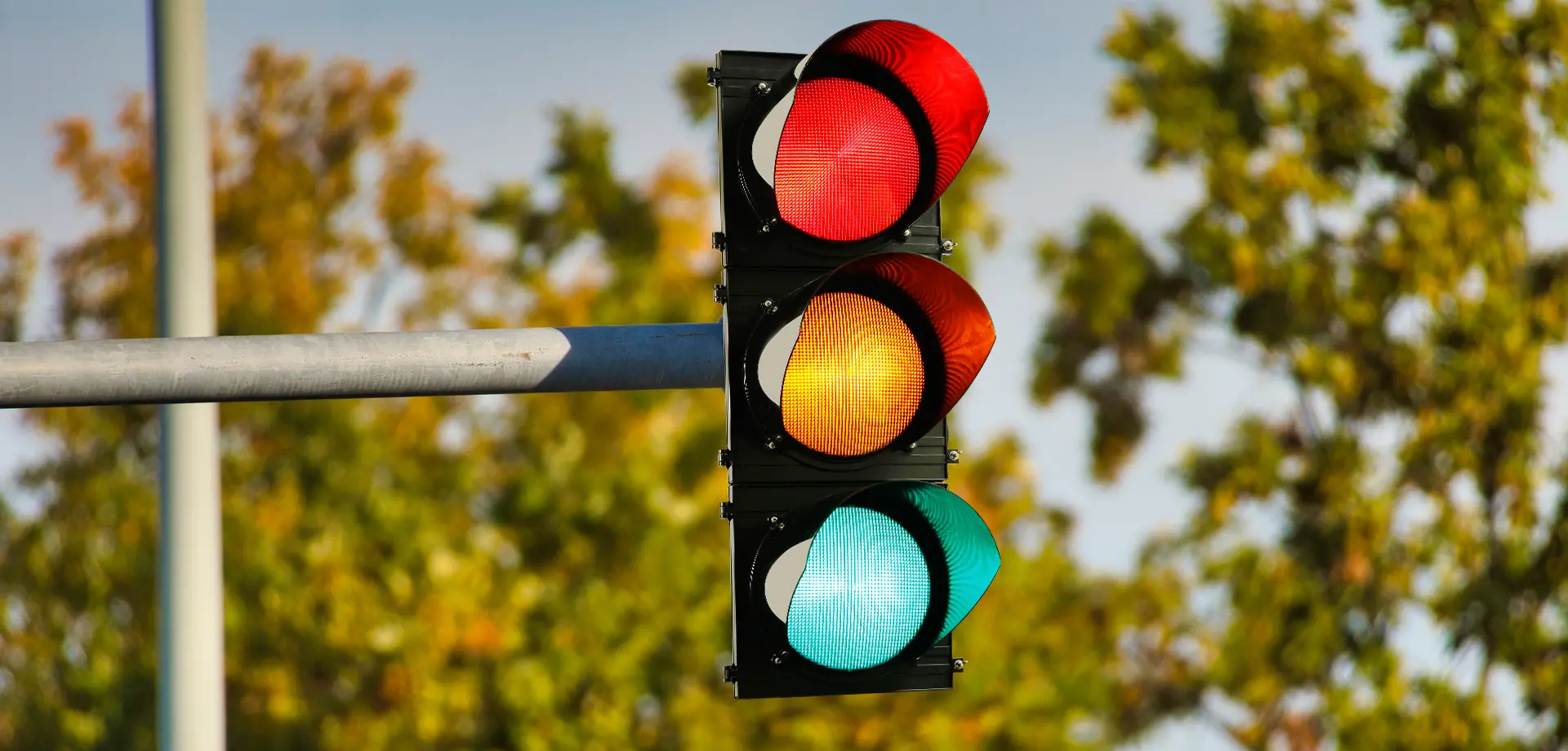
Types of Traffic Signals
Vehicle Traffic Signals
At the heart of traffic management are traffic light signals. These colored lights – red, yellow, and green – govern vehicle movement at intersections. Each color carries a specific meaning that promotes safety and efficiency.
- Red Light : Stop
- Yellow Light : Caution, prepare to stop
- Green Light : Go
Pedestrian Traffic Signals
Complementing vehicle traffic lights, pedestrian traffic signals ensure the safety of those on foot. These signals typically use a combination of lights and symbols to indicate when it is safe to cross the street.
- Walk Signal : Indicates that pedestrians can cross safely.
- Don’t Walk Signal : Alerts pedestrians to wait.
These signals not only enhance user safety but also promote pedestrian-friendly environments, encouraging more people to walk rather than drive.

Components of Traffic Signals
Signal Heads
Signal heads are the most recognizable components of traffic signals. These units house the colored lights that convey messages to drivers and pedestrians.
- Types of Signal Heads :
- Standard Signal Heads : Commonly seen on streets, displaying red, yellow, and green lights.
- Enhanced Signal Heads : Equipped with additional lights or symbols for specialized scenarios, like bicycle lanes.
Controller Units
Behind the scenes, controller units manage the operation of traffic signals. These electronic devices determine which signal to display and when.
- Key Functions :
- Timing Control : Sets the duration for each light phase.
- Sensor Integration : Adjusts timing based on real-time traffic conditions.
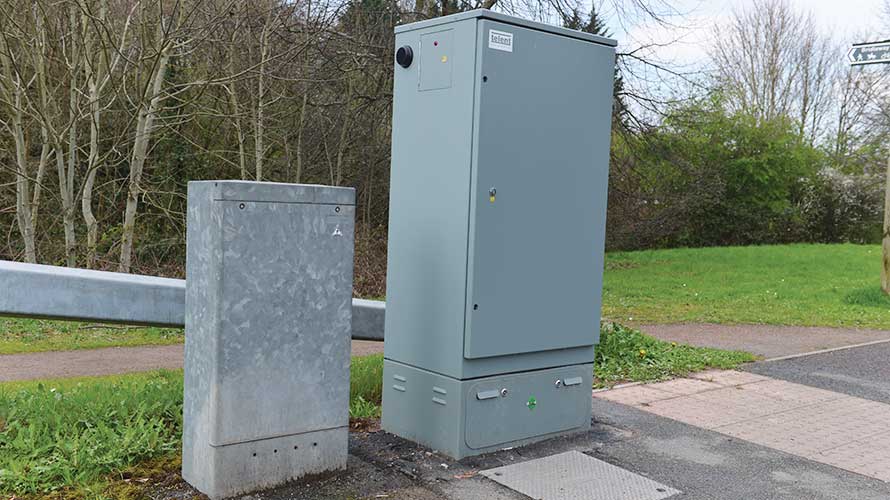
How Traffic Signals Work
Signal Phases
Understanding how traffic signals work requires a closer look at signal phases. Each phase represents a distinct period during which traffic lights manage the flow of vehicles and pedestrians.
- Typical Signal Phases :
- Green Phase : Vehicles are allowed to proceed.
- Yellow Phase : Caution is advised as the light prepares to change.
- Red Phase : Vehicles must stop.
Traffic Signal Timing
Traffic signal timing is crucial for optimizing the flow of traffic. Proper timing can reduce congestion and improve safety for both drivers and pedestrians.
- Factors that Influence Timing :
- Traffic Volume : Busier intersections require longer green phases.
- Pedestrian Crossings : Timing must accommodate safe pedestrian movement.

Traffic Signal Laws and Regulations
International Standards for Traffic Signals
When it comes to traffic signals, international standards play a vital role in ensuring consistency and safety across borders. These guidelines outline the design, color, and functionality of traffic signals that all countries are encouraged to follow.
- Key International Standards :
- Color Codes : Universal meanings for red, yellow, and green.
- Signal Placement : Uniform guidelines on where signals should be installed.
- Pedestrian Signals : Consistent symbols to aid understanding worldwide.
Local Traffic Signal Regulations
In addition to international standards, local traffic regulations tailor signals to meet the unique needs of specific communities. Local authorities adapt traffic signal to address particular traffic patterns and safety issues pertinent to their regions.
- Examples of Local Adaptations :
- Additional Turn Signals : To accommodate high-turn volume intersections.
- Different Signal Timing : Adjusted for peak traffic hours unique to each area.
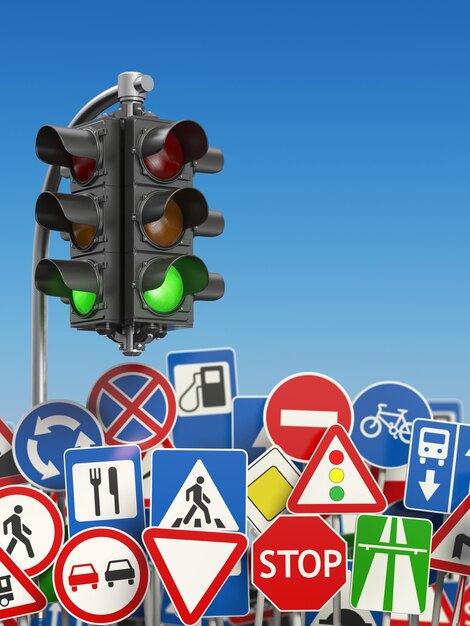
Advancements in Traffic Signal Technology
Smart Traffic Signals
The evolution of traffic signal technology has led to the emergence of smart traffic signals. These innovative systems utilize data and connectivity to enhance traffic management and improve safety on the roads.
- Key Features of Smart Traffic Signals :
- Real-Time Data : Analyzing data from various sources, including cameras and sensors, to adapt signal timing.
- Integration with Mobile Apps : Providing updates to drivers about signal statuses or delays.
During my last visit to a major city, I noticed how smart signals adjusted their timings dynamically based on current traffic volume. This not only streamlined the flow but also significantly reduced waiting times.
Adaptive Traffic Signal Control
Building upon the concept of smart signals, adaptive traffic signal control takes it a step further by automatically optimizing signal timing based on real-time traffic conditions.
- Benefits of Adaptive Control :
- Improved Traffic Flow : Reducing congestion by modifying signals in real-time.
- Enhanced Safety : Minimizing rush-hour accidents by adjusting lights to prevent bottlenecks.
Discover How Intelligent Traffic Systems are Shaping the Future of Urban Planning
Discover How Intelligent Traffic Systems are Shaping the Future of Urban Planning
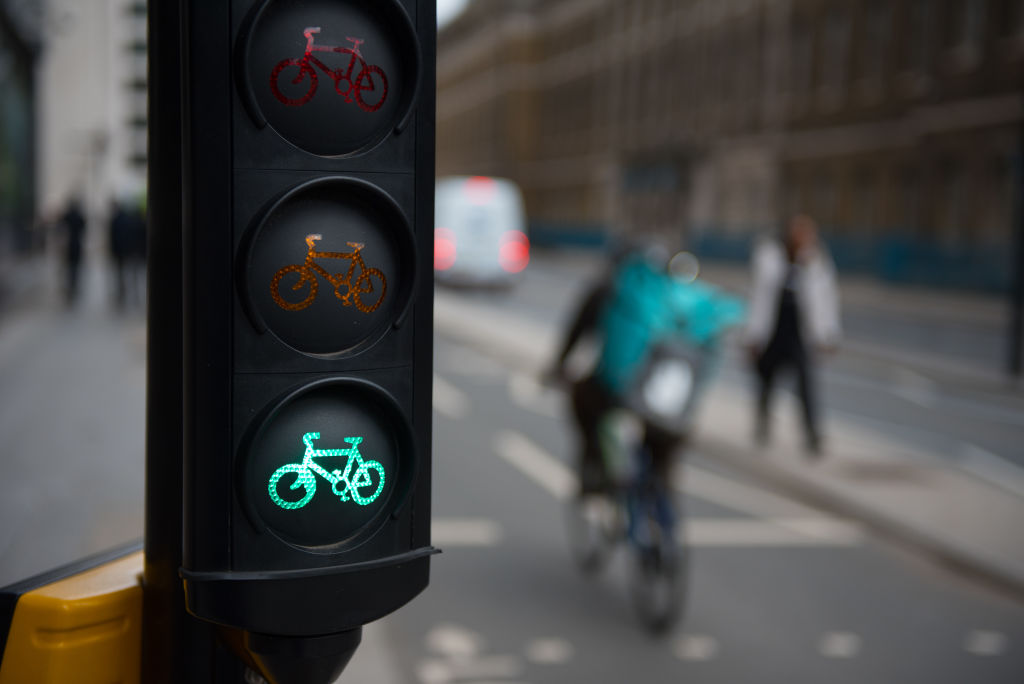
Pedestrian and Cyclist Signals
Pedestrian Signal Symbols
Understanding pedestrian signal symbols is essential for ensuring safety at crosswalks. These symbols guide walkers on when to cross safely and when to wait, helping to minimize accidents.
- Common Pedestrian Symbols :
- Walking Person : Indicates it’s safe to cross.
- Flashing Hand : Alerts pedestrians to finish crossing as the signal is about to change.
- Solid Hand : Signals not to cross.
Bicycle Signal Lanes
As cycling gains popularity in urban areas, bicycle signal lanes have become increasingly important for promoting safety and efficiency. These dedicated signals provide essential information to cyclists sharing the road with vehicles.
- Key Features of Bicycle Signals :
- Green Cycle Light : Indicates it’s safe for cyclists to proceed.
- Red Cycle Light : Signals cyclists to stop.
- Bicycle Icons : Generally added to clarify signals meant specifically for them.
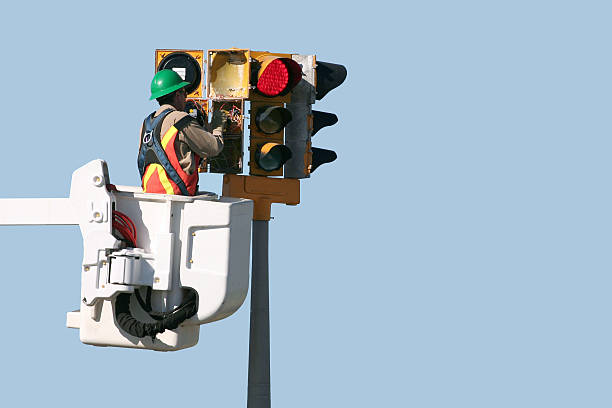
Maintaining and Repairing Traffic Signals
Routine Maintenance Procedures
Maintaining traffic signals is crucial to ensure they function properly and safely. Routine maintenance procedures are put in place to prolong the lifespan of these vital systems and prevent malfunctions.
- Common Maintenance Tasks :
- Regular Inspections : Checking for wear and tear on lights and equipment.
- Cleaning Signal Heads : Ensuring visibility by removing dirt and debris.
- Testing Signal Timing : Verifying that light cycles operate as programmed.
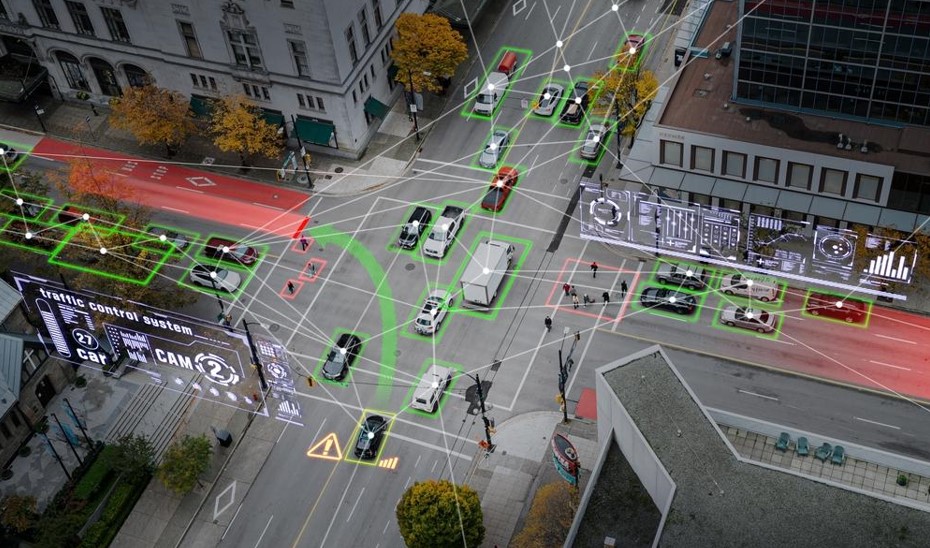
Future Trends in Traffic Signal Systems
As urbanization increases and technology continues to advance, we can expect significant changes in traffic signal systems. These innovations aim to enhance safety, improve traffic flow, and accommodate modern transportation needs.
Integration with Connected Vehicles
One of the most exciting trends is the integration of traffic signal with connected and autonomous vehicles. This advancement enables real-time communication between vehicles and traffic signal for more efficient navigation.
- Benefits :
- Reduced Congestion : Vehicles can receive signal timing information, adapting their speeds to minimize stop-and-go traffic.
- Improved Safety : Alerts to vehicles about upcoming signal changes, reducing the risk of accidents.
I recently read about a pilot program in a metropolitan area where connected vehicles could communicate with traffic lights, altering their patterns based on real-time data. It’s thrilling to imagine a future where traffic flows seamlessly because of technology!
Emphasis on Sustainability
Another key trend is the focus on sustainability, with traffic signal systems increasingly adopting eco-friendly technologies. Solar-powered signals and energy-efficient LED lights are becoming common, reducing operational costs and environmental impact.
- Green Innovations :
- Solar Panels : Harnessing sunlight to power signals.
- Smart Sensors : Monitoring traffic flow to adjust signal timing, minimizing idling and emissions.
Witnessing cities adopting these sustainable practices adds to my excitement. As we embrace these future trends, traffic signal systems will not only play a critical role in urban mobility but also contribute to a greener planet, leading to smarter, safer, and more efficient roadways for everyone. Embracing technology and sustainability will ultimately shape the next generation of traffic management.
